In the arrangement shown in figure, mA=2kg and mB=1kg. String is ligith and inextensible. Find the acceleration of center of mass of both the blocks. Neglect friction everywhere.
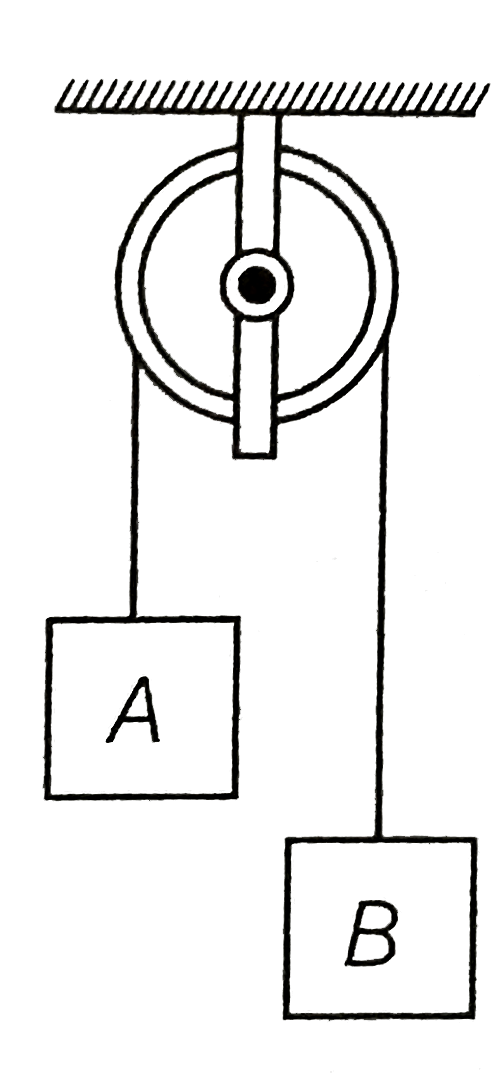
Net pulling force on the system is (mA−mB)g or (2−1)g=g
Total mass being pulled is mA+mB or 3 kg
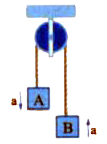
∴a=Net pulling forceTotal mass=g3= acceleration of each block.
Now, →aCM=mA→aA+mB→aBmA+mB=(2)(a)−(1)(a)1+2=a3=g9 downwards.
Similar Questions
In the arrangement shown in Figure, mA=2kg and mB=1kg. String is light and inextensible. Find the acceleration of centre of mass of both the blocks. Neglect friction everywhere.
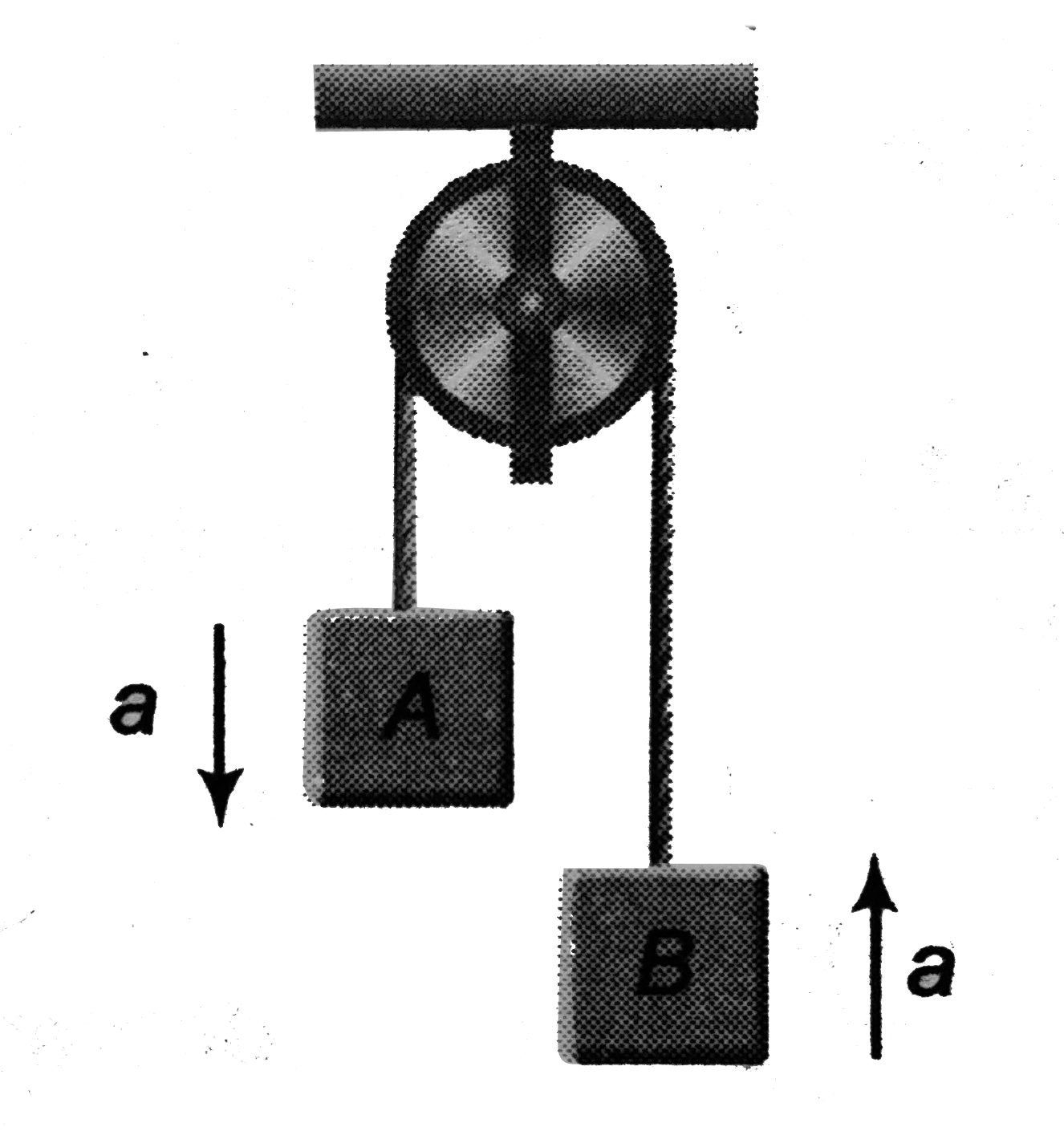
View SolutionIn the arrangement shown in Figure, mA=2kg and mB=1kg. String is light and inextensible. Find the acceleration of centre of mass of both the blocks. Neglect friction everywhere.

View SolutionIn the arrangment shown in figure, mA=1 kg, mB=4 kg. String is light and inextensible while pulley is smooth. Coefficient of friction between block A and the table is μ=0.2. Find the speed of both the blocks when block B has descended a height h=1 m. (Take ,g=10 ms−2)
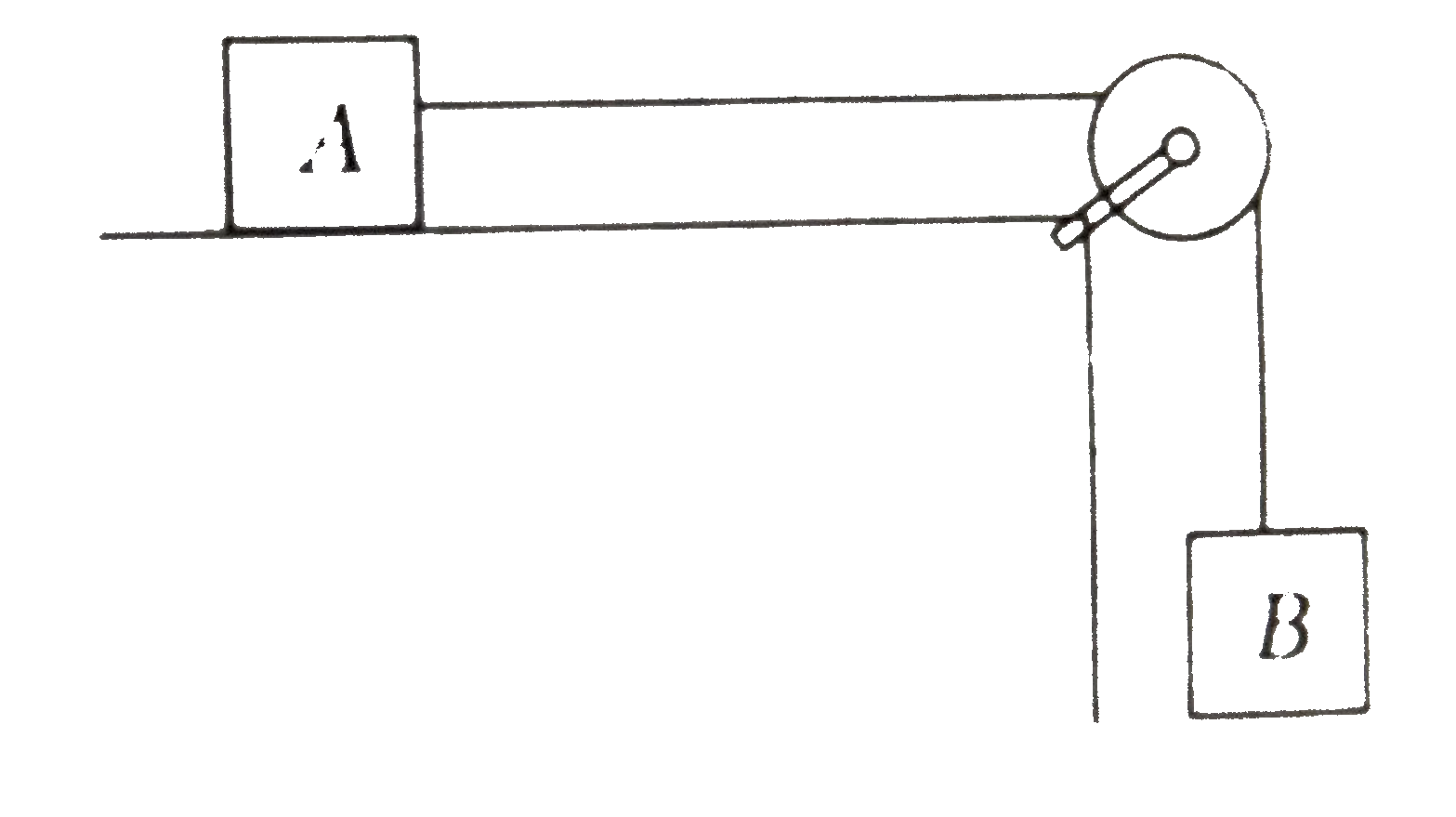
View SolutionIn the arrangement shown in fig. pulleys are smooth and massless. Threads are massless and inextensible. Find acceleration of mass m1.

View SolutionTwo block A and B are arrenged as shown in figure (mA=5kgandmB=10kg) Find the acceleration of blocks if F=40N
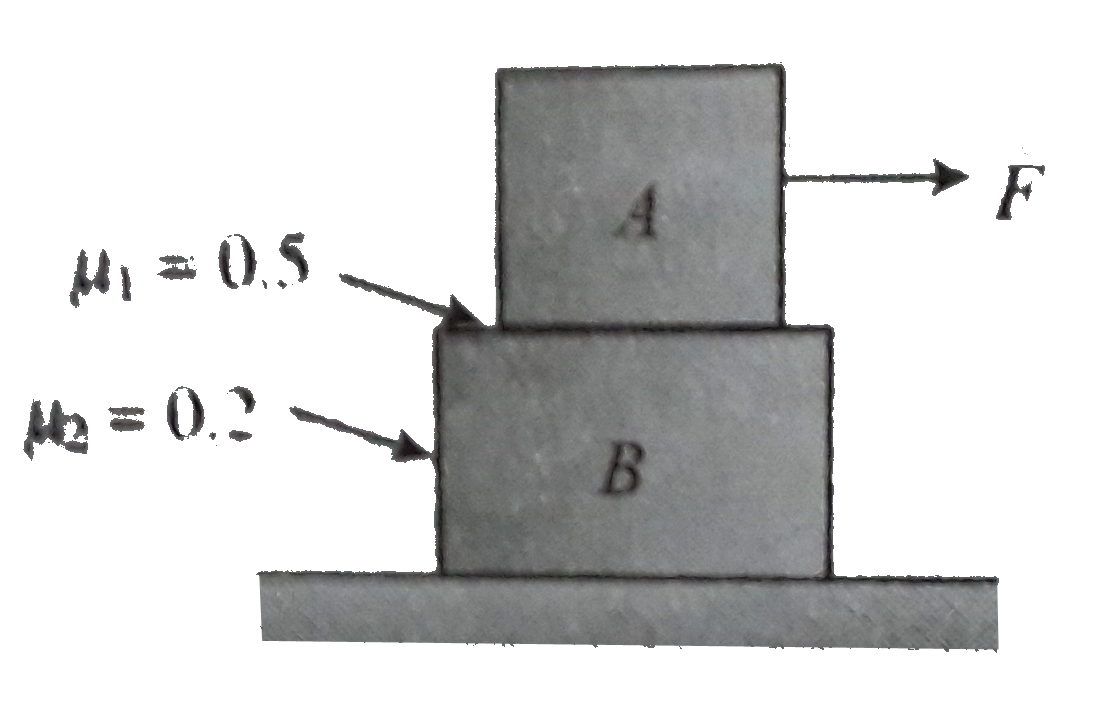
View SolutionIn the arrangement shown in figure, string is light and inextensible and friction is absent every where. The speed of both blocks after the block 'A' has ascend a height of 1m will be (g=10m/s2)
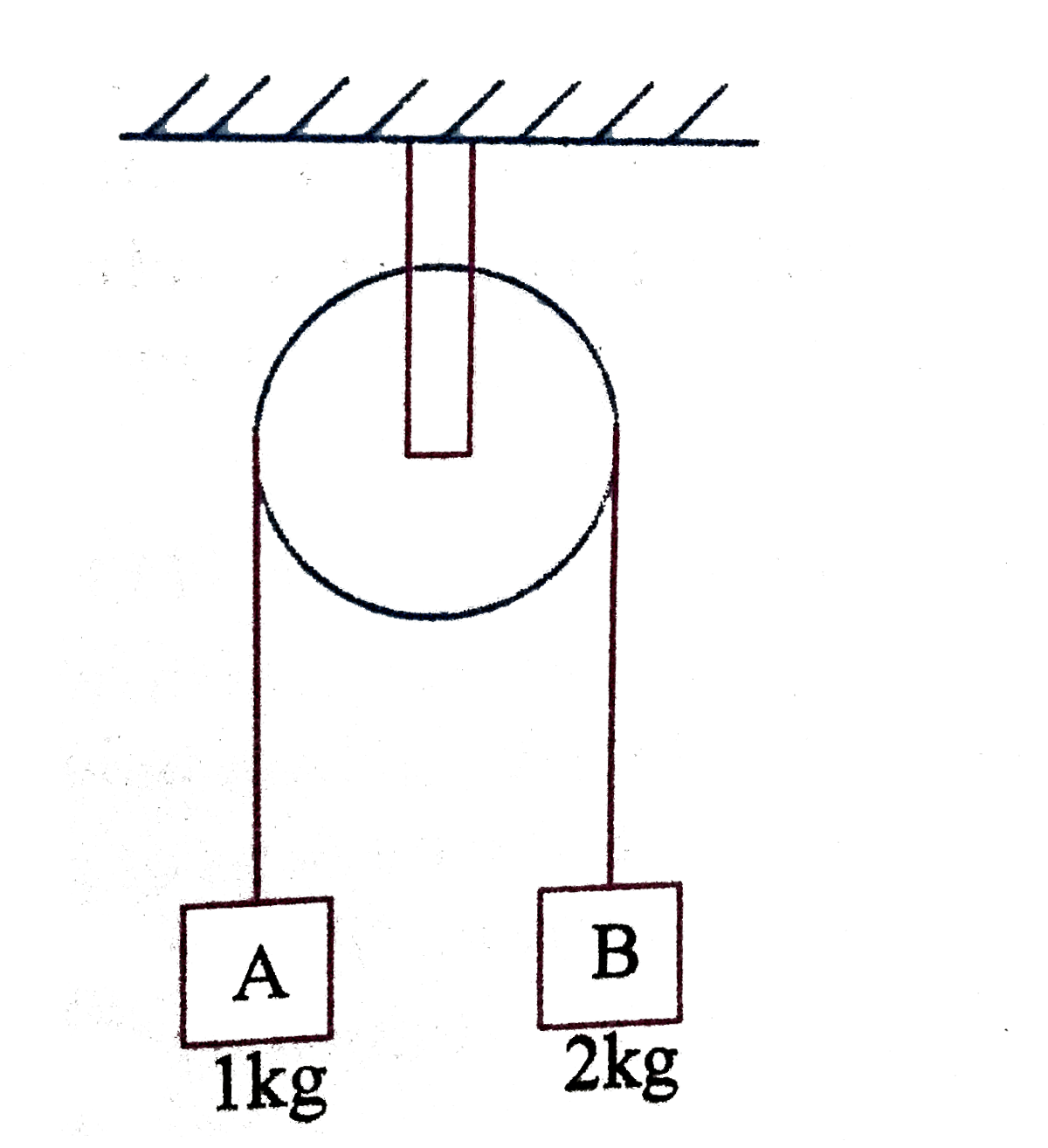
View SolutionIn the adjacent figure, masses of A,B and C are 1kg,3kg and 2kg respectively. Find
(a) the acceleration of the system and
(b) tension in the strings.
Neglect friction.(g=10m/s2)

View SolutionIn the adjacent figure, mass of A, B and C are 1 kg , 3 kg and 2 kg, respectively. Find

(a) the acceleration of the system, and
(b) tensions in the string .
Neglect friction. (g=10ms−2)
View SolutionIn the adjacent figure, mass of A, B and C are 1 kg , 3 kg and 2 kg, respectively. Find

(a) the acceleration of the system, and
(b) tensions in the string .
Neglect friction. (g=10ms−2)
View SolutionIn the adjacent figure, mass of A, B and C are 1 kg , 3 kg and 2 kg, respectively. Find

(a) the acceleration of the system, and
(b) tensions in the string .
Neglect friction. (g=10ms−2)
View Solution
